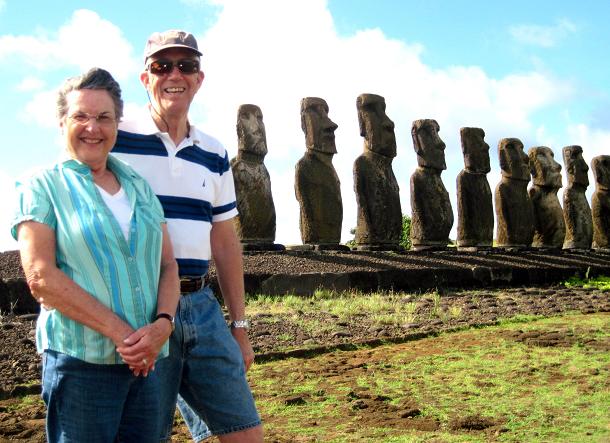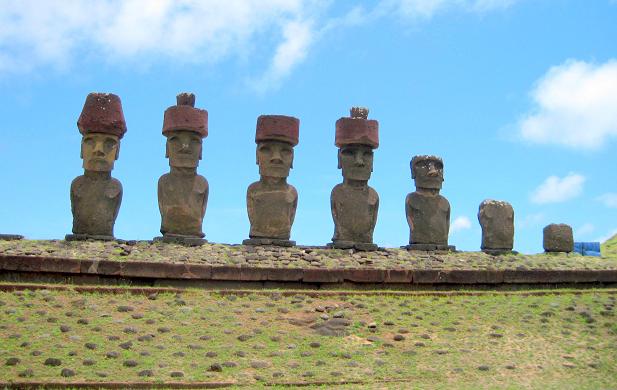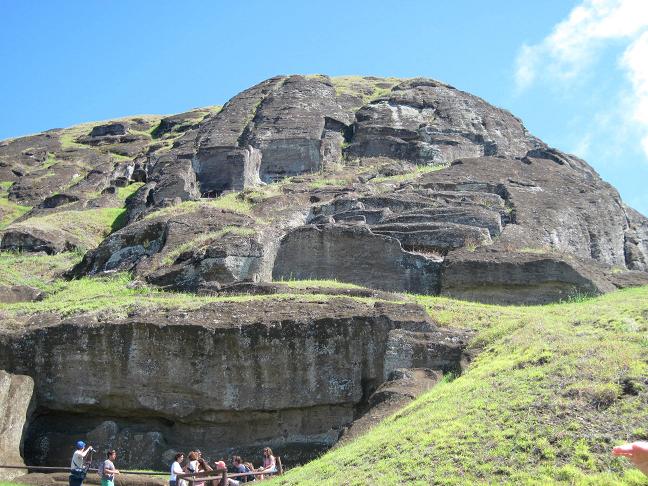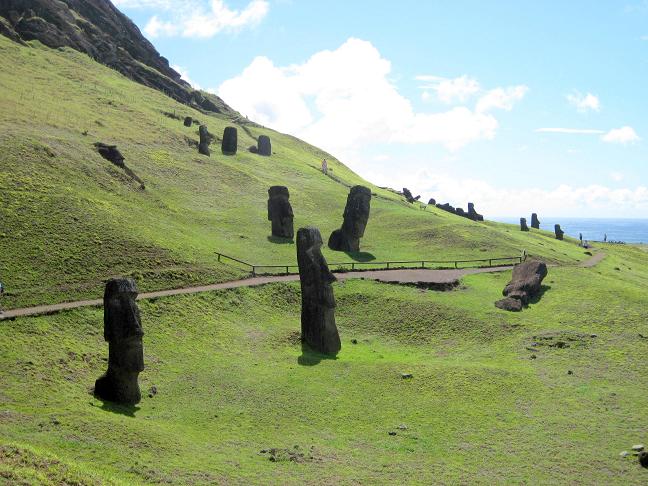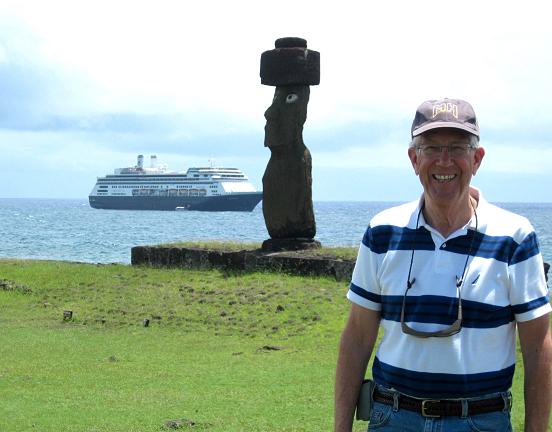This is part 1 of Sandy and Mike's 2013 World Cruise report. Holland America's Amsterdam is "home away from home" for almost 4 months, with 1200 other adventurers. (The Amsterdam is rather small by today's cruise ship standards.) Almost all of their route around the world was in the southern hemisphere.
(Enlarge any picture in a new window by clicking on it -- click the "back" button to return to this view.)
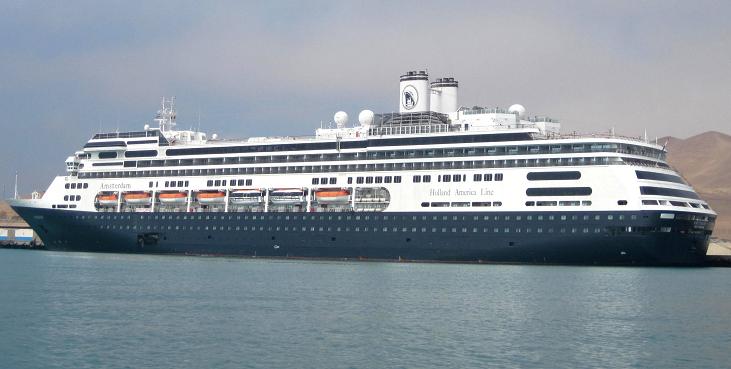
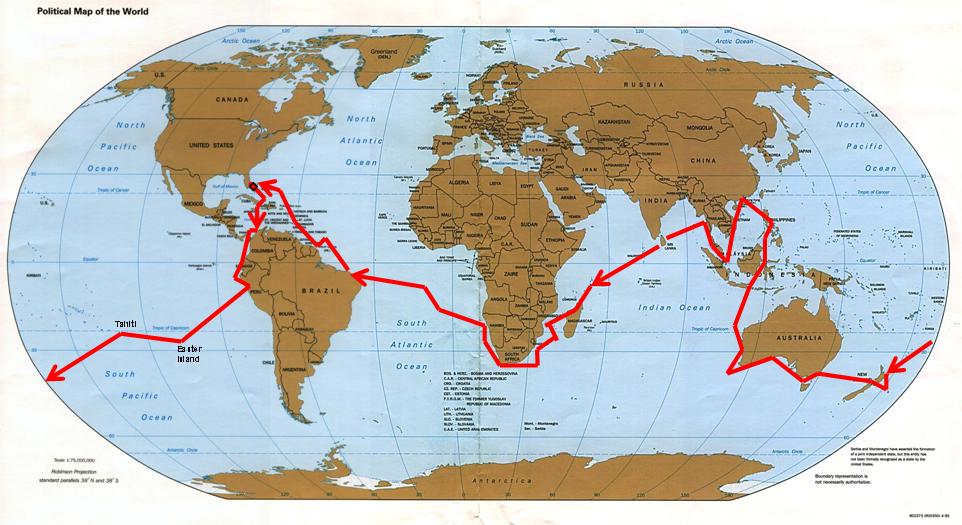
Leaving Fort Lauderdale, the ship headed to the northern coast of South America, calling at Cartagena, Colombia. Cartagena is Colombia's 5th largest city, and quite clean and nice. It has the usual cathedral, old Spanish fort, and a monastery on top of the hill with great views of the city and harbor.
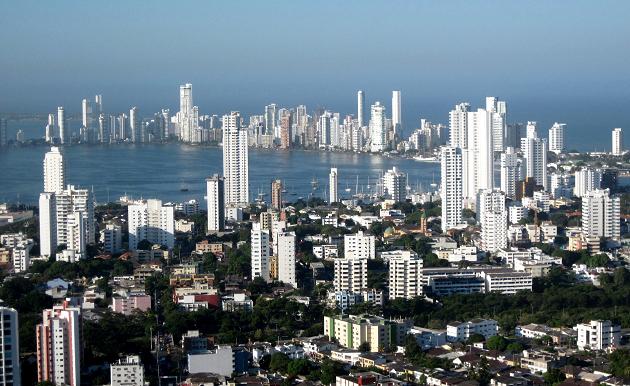

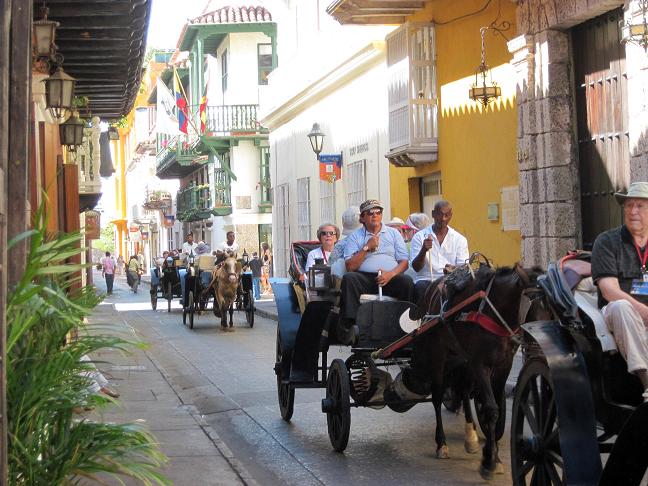
Next was the Panama Canal. Sandy and Mike have been through here several times, but it was interesting to see construction of the new set of locks - much bigger than the original 1913 ones. Unfortunately, the project is several years behind schedule. We shared transit with a "Panamax" (largest size ship that can fit in the existing locks) container ship heading back to Taiwan.
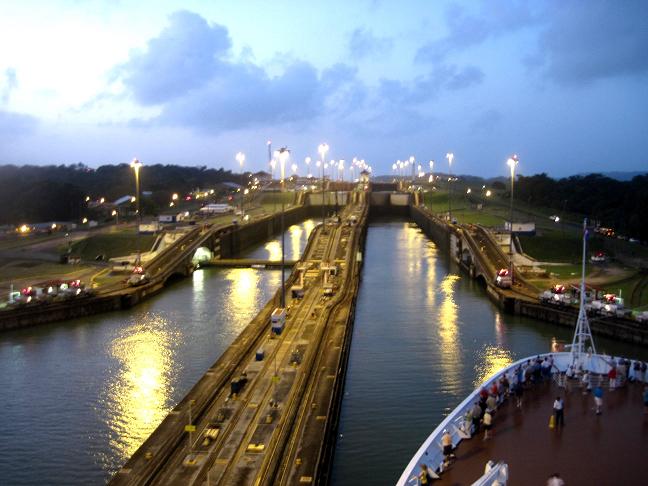
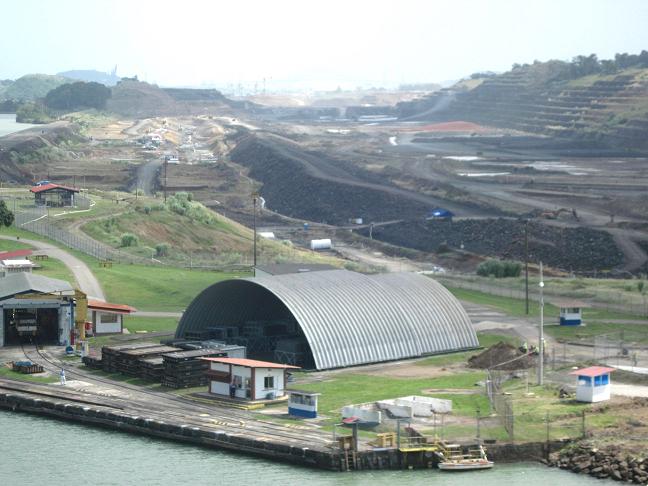

The next port was Manta, Ecuador, where sights of tuna being unloaded from big fishing trawlers were everywhere. Mike & Sandy saw the hall where Ecuador's constitution was adopted, and some Panama hats being made. (Ecuador is actually the birthplace of the hats, not Panama - Who would have guessed?)
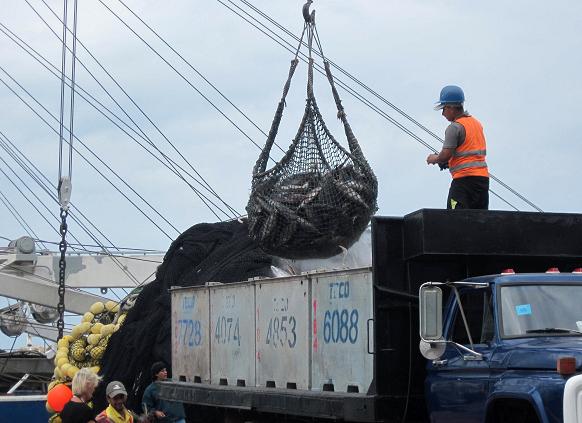
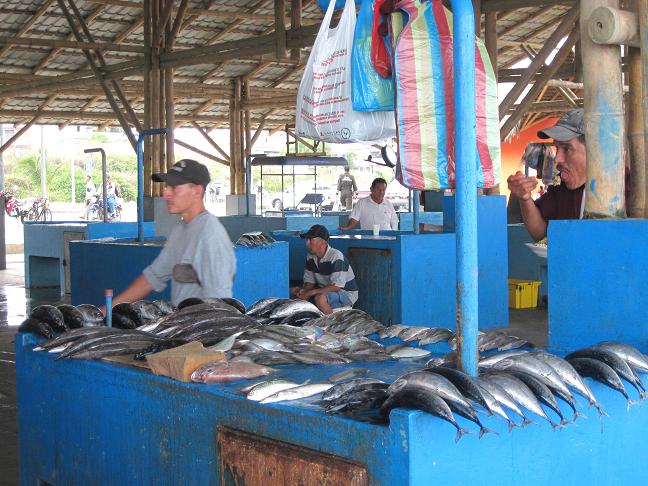
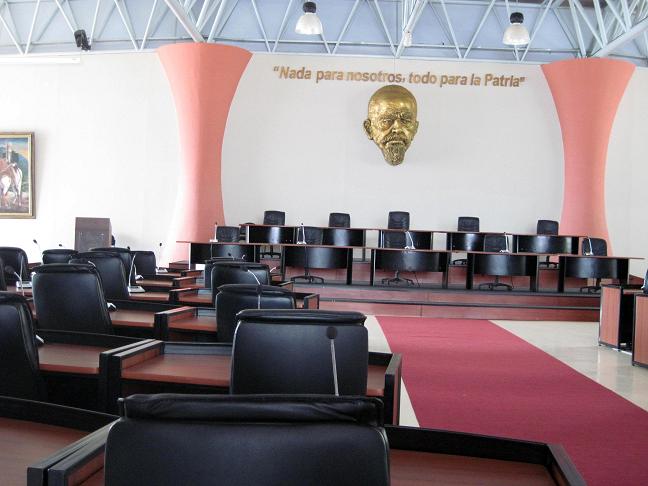
The first of two stops in Peru was the port near Lima, the capital, and then the ship moved on south to Pisco, Peru, which is the jumping-off point for excursions to landmarks such as the Galapagoes Islands and the Nazca Lines. Mike and Sandy took a boat out to the Ballestas Islands, part of an enormous Peruvian national park). The island has birds and sea creatures sort of like those on the Galapagoes Islands, but fewer and not so diverse a collection. They also saw the Candelabra, a huge figure cut into the rocky side of a hill, similar to, but smaller than the more widely known Nazca Lines, a collection of similar mysterious patterns cut into inland mountainsides.
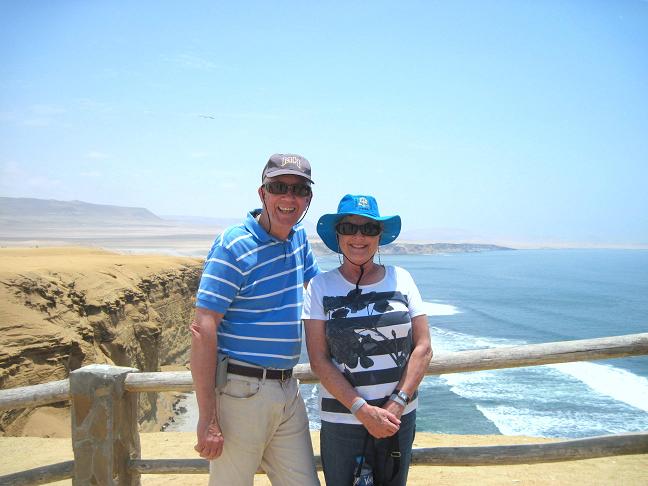
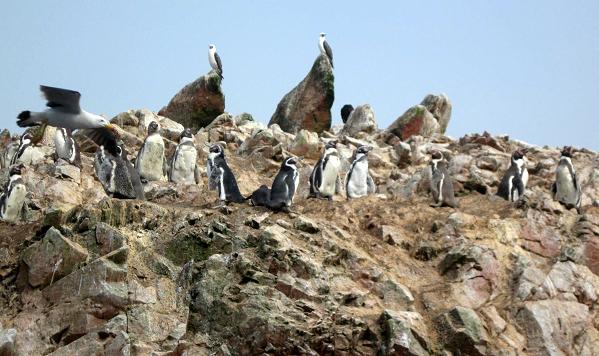

Mike and Sandy had their fingers crossed as they headed towards Easter Island, since high seas prevent 7 out of 10 cruise ships from getting their tender boats to shore. The captain picked the best of 3 possible landing sites, and we made it -- although the trip both ways definitely qualified as "E-ticket rides."
Easter Island is one of the strangest spots in the world, with its giant stone statues. Little is known of the people who lived there, and exactly why they quarried and carved these enormous and heavy figures (although some sort of ancestor worship is a popular theory). We visited several sites where statues have been restored to their original positions by archeologists -- earthquakes, tsunamis, and local warfare had toppled many of the statues off their bases.)
We also visited the quarry, where we saw many unfinished statues. The first carving was apparently done in the side of the mountain, with the statue lying on its back. Later it was cut away from the mountain side, raised upright, and more details carved. The eyes were placed only when the statue had been placed on its final platform.
Exactly how the islanders got these statues from the quarry to the shorelines of the island, and then stood them up (the larger ones weigh almost 100 tons!), a feat akin to the building of the pyramids in Egypt, is the subject of much scholarly debate.
We had the priviledge of being guided around Easter Island by a young woman whose grandfather was one of the first archeologists to work on the island.
